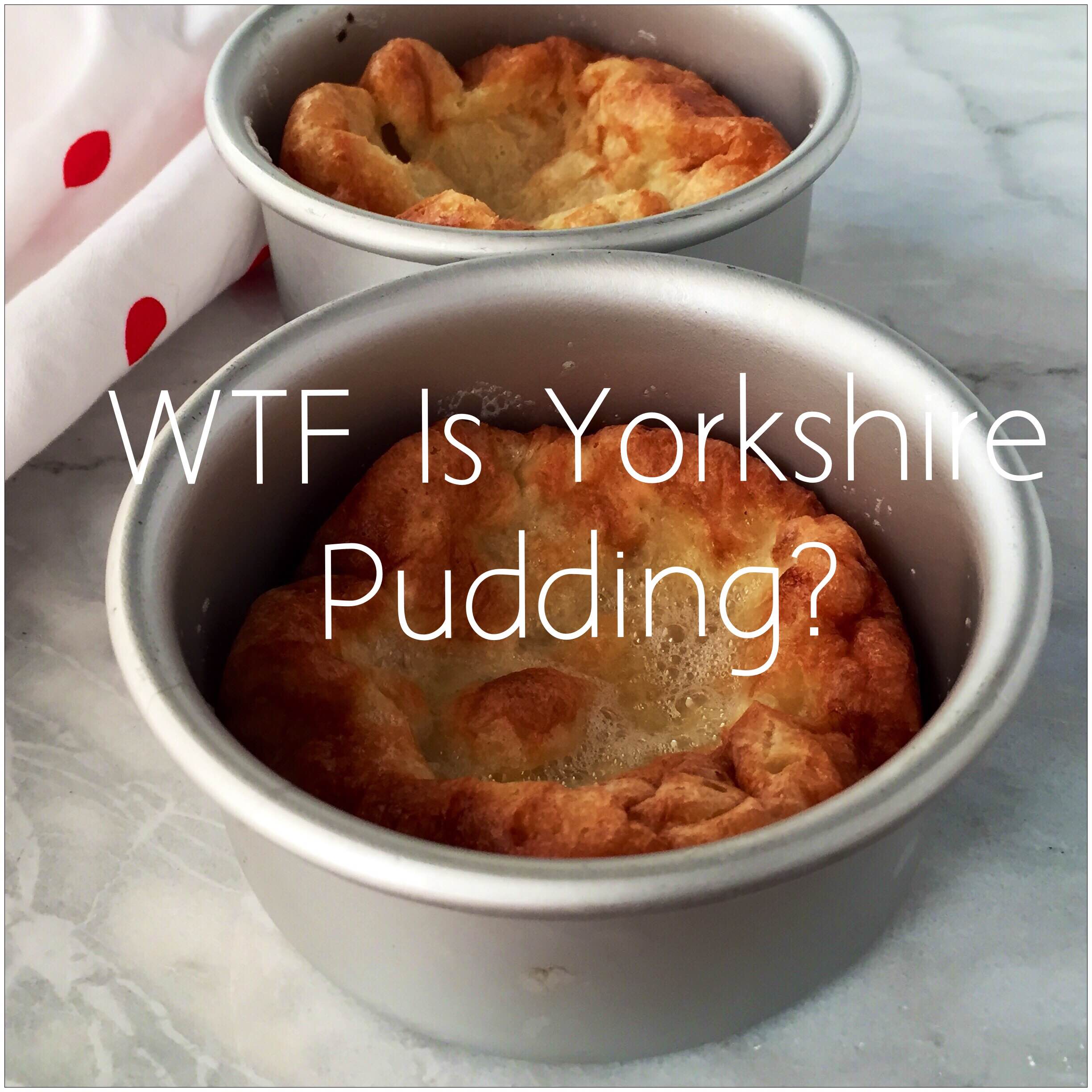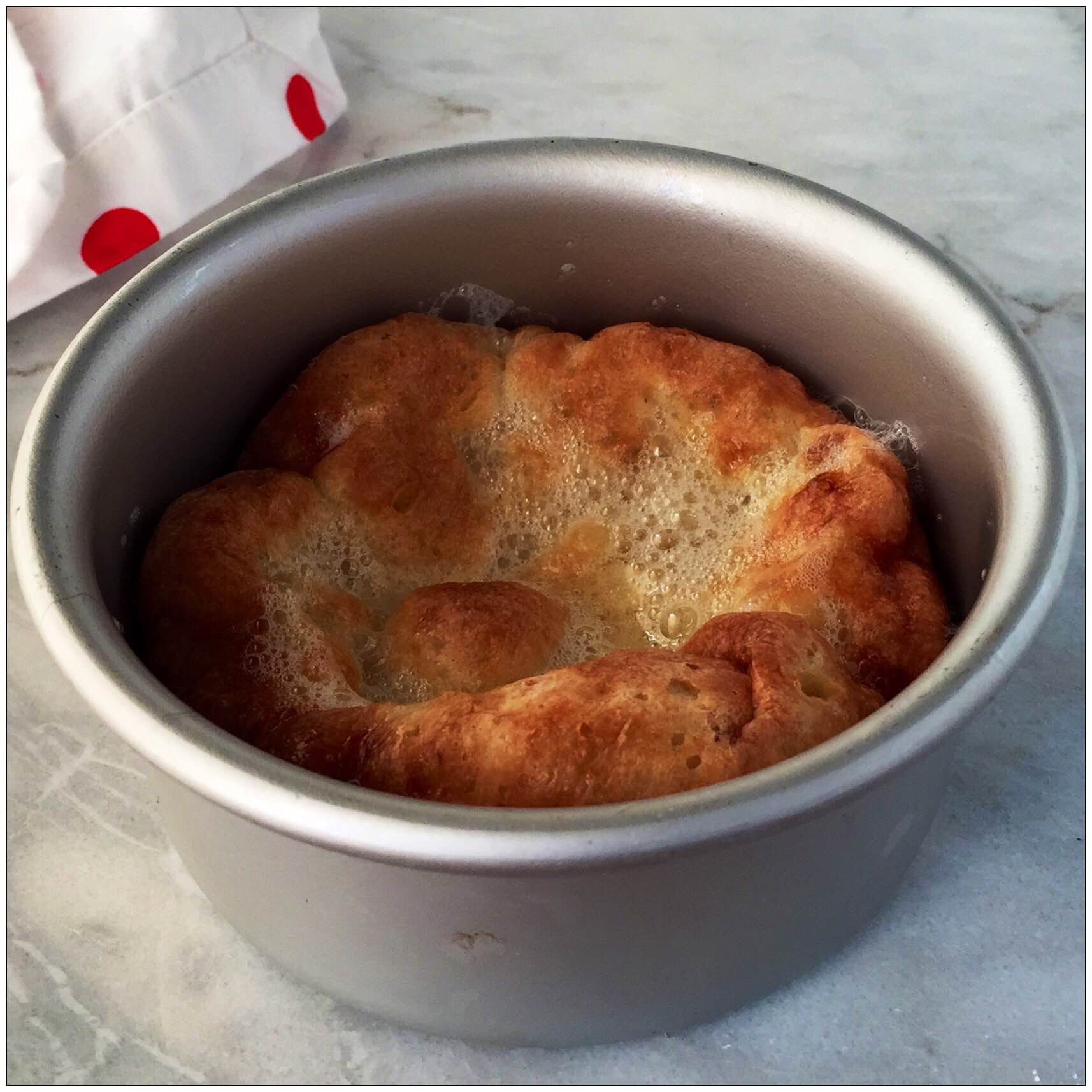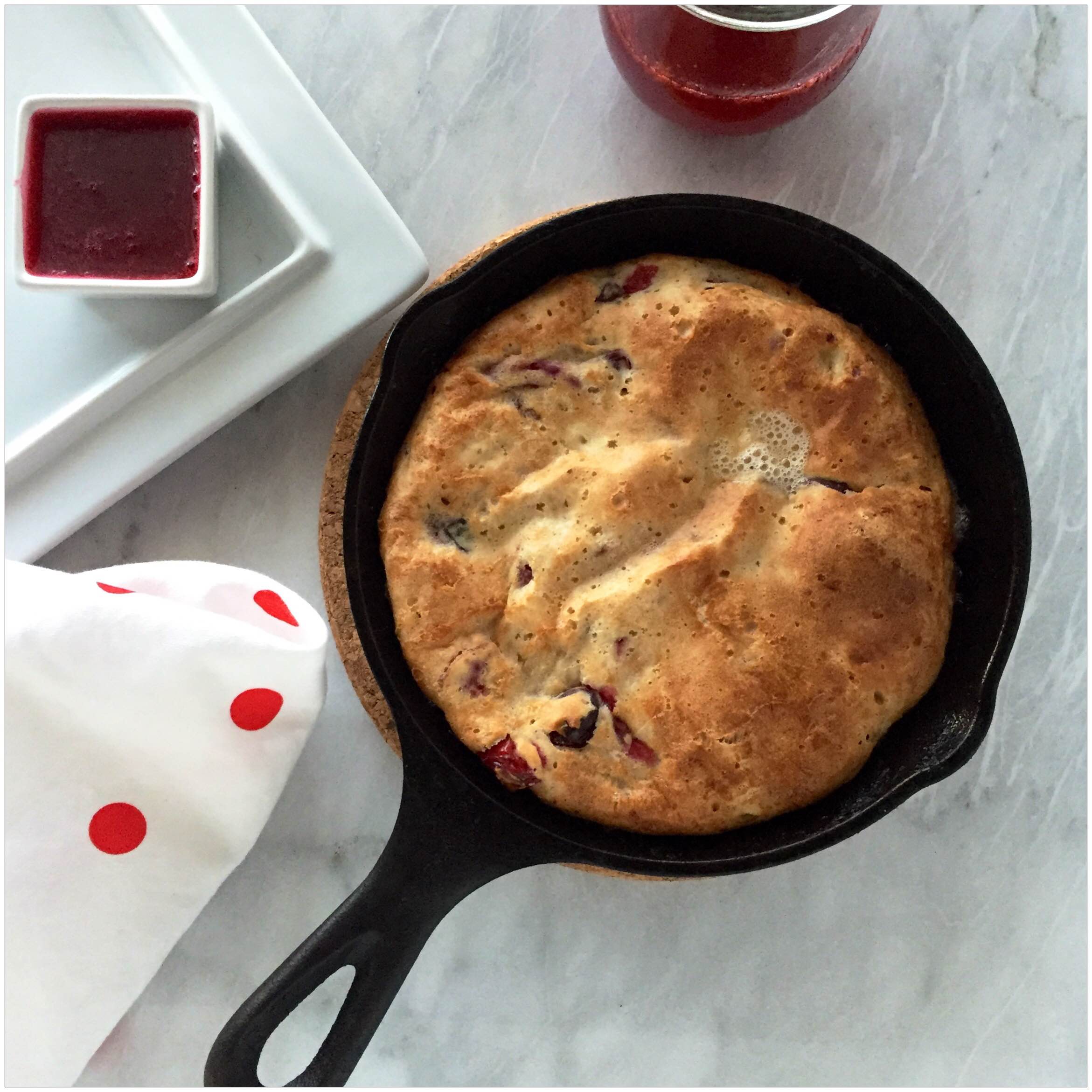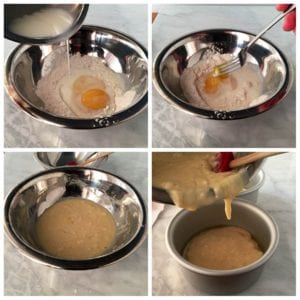Last updated on April 7th, 2021 at 08:19 pm
 If Yorkshire pudding is a bit of an enigma to you, we’ll set you straight on what it is and how other traditional dishes lean on it.
If Yorkshire pudding is a bit of an enigma to you, we’ll set you straight on what it is and how other traditional dishes lean on it.
If ever I were to go back to culinary graduate school and had to write a thesis, it would be about PUDDING. To the passing (American) Internet user, this seems a boring subject because what comes to mind is the gelatinous goo you can find in plastic cups in the refrigerator aisle of your local market (please note the calculated resistance to shamelessly mention Bill Cosby. Whoops!). But there are so many ways pudding is made, shared and eaten other than classic vanilla and chocolate. Frankly, the etymology of the word “pudding” is a rabbit hole I’m dying to go down. BUT I WON’T. Not yet, anyway, because the underpinnings of the word “pudding” is best served incrementally.
Understanding “Pudding”
So why pudding? My passive rumination on pudding started with Yorkshire pudding. I heard a mention of it on the radio — something about how Yorkshire pudding didn’t actually originate in Yorkshire (public radio, of course). I didn’t hear the explanation, but a seed was planted. That seed sprouted when a Facebook friend who lives in England posted a photo of her first attempt at “Yorkshires.” They looked nothing like something that could be re-shaped and frozen into a pudding pop. They looked like dinner rolls.
I was aware that there is a marked difference between American pudding and English pudding, but this certainly didn’t match what I could imagine English flavored pudding to be. I imagined it to be something akin to black pudding (blood sausage) or mincemeat pie (meat mixed with fruit wrapped in pastry). So, WTF is Yorkshire pudding?

I sent my friend a photo of my feat. I told her it was savory and asked if she’d ever had it. Her response was “No – I generally stay away from anything pudding… Not really justified I just always read it as ‘mystery meat’.” Clearly, I am not the only person misled by the combination of the words Yorkshire + pudding.
What is Yorkshire Pudding?
Basically, Yorkshire pudding is a popover. For some clarification, this is how I would describe Yorkshire pudding: somewhere between a dinner roll and quiche. Traditional Yorkshire pudding batter is egg, flour and milk made in a large rectangular pan (but you can use a tin, a or a ) and cooked with hot meat drippings. It’s served with gravy alongside roast beef for a proper English Sunday roast dinner. Rather than schmaltz (rendered chicken fat — I used it because I happened to have saved a bit from another recipe), hot pan drippings collected from the roast beef or rib roast is used. The pudding batter was actually placed under the roast so that the fat cooks the batter as the meat was cooked to reduce waste. Popovers are individual Yorkshires made with butter rather than beef dripping.
Other Types of British Pudding
This form of “pudding” doesn’t even align with the British use of the word. According to Food Timeline, sausage puddings were derived from Roman customs, and by the 1800s the word “pudding” shifted to include sweet puddings that had somewhat of a cakey consistency and are, today, served as part of holiday traditions. But there’s not much of a connection between those puddings, Yorkshire pudding and the custard puddings Americans are accustomed to. There are so many questions!
So, sure, instead of a dinner roll, Yorkshire pudding balances out a great feast of meat and roasted root vegetables, but I don’t think it has to be savory. In fact, it makes a pretty awesome dessert/breakfast.
For now, my answer to all the questions is not to question anything and just improvise and experiment to create new traditions. This time around, I made cranberry syrup and added a tablespoon of the discarded cranberry pulp to the pudding batter and served the finished product with the syrup. Because it’s sweet, it’s called a Dutch Baby. This is certainly a toothsome and tart way for sweet and savory worlds to collide. I like it this way because you can use or to make it—having as often as I want popovers is just not reasonable.
My own Yorkshire pudding recipe adventure is as follows (adapted from The New York Times).

Basic Yorkshire Pudding (or Dutch baby or popover)
Ingredients
- 1 each egg
- ¼ cup all-purpose flour
- ¼ tsp salt
- ¼ cup whole milk
- 4 tsp schmaltz (or butter, or olive oil, or lard, or beef drippings)
Instructions
- Gently whisk together the first four ingredients. Do not over-mix. Set aside for 30 minutes.
- Preheat oven to 350℉.
- In a muffin tin (I used two 4” cake pans), drop 1 tsp of schmaltz into four muffin niches. Place pan(s) in the oven for about five minutes to get them hot.

- When the pans are ready, drop the batter in the niches (equal amounts) and place the tin back in the oven for about ten minutes or until your puddings are golden brown and puffy.

